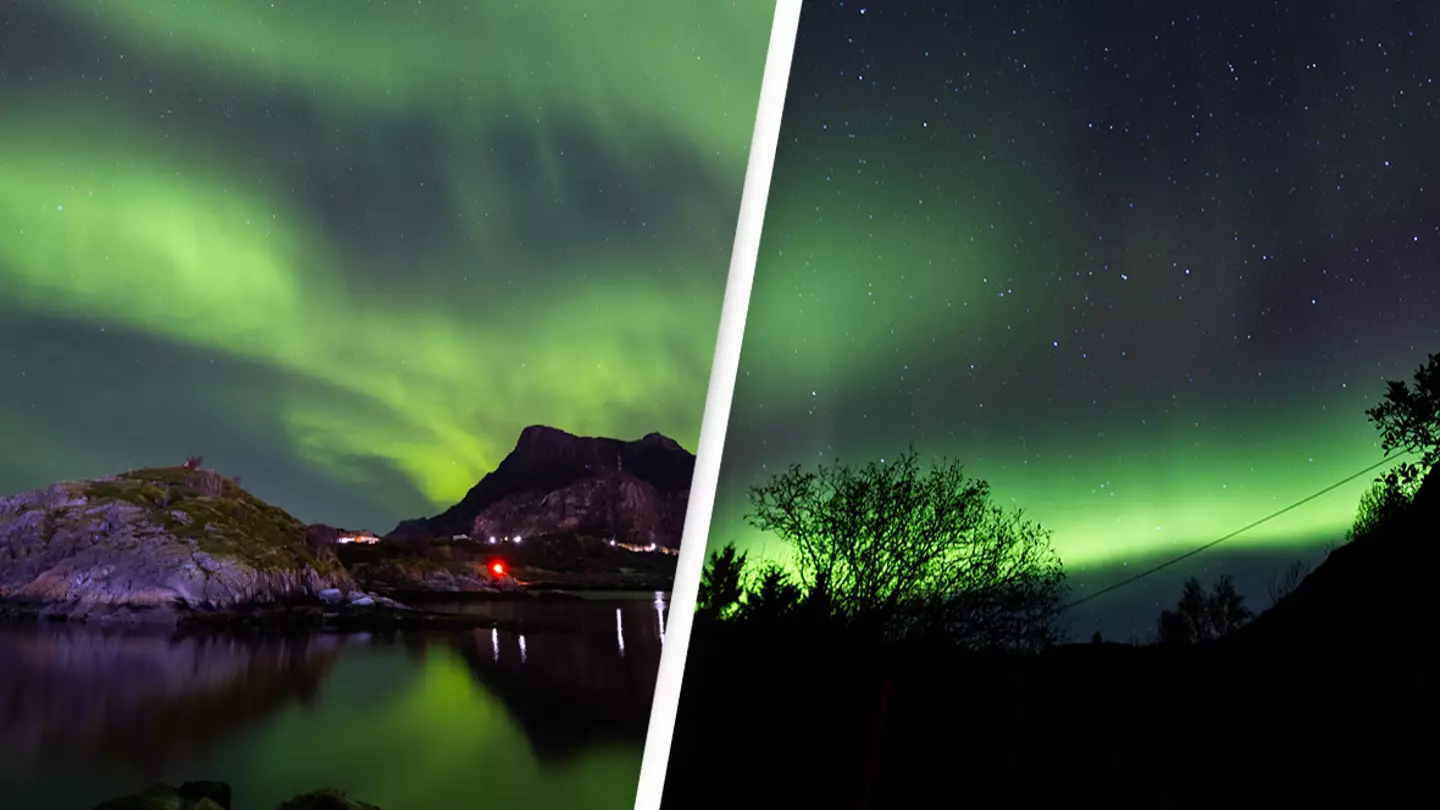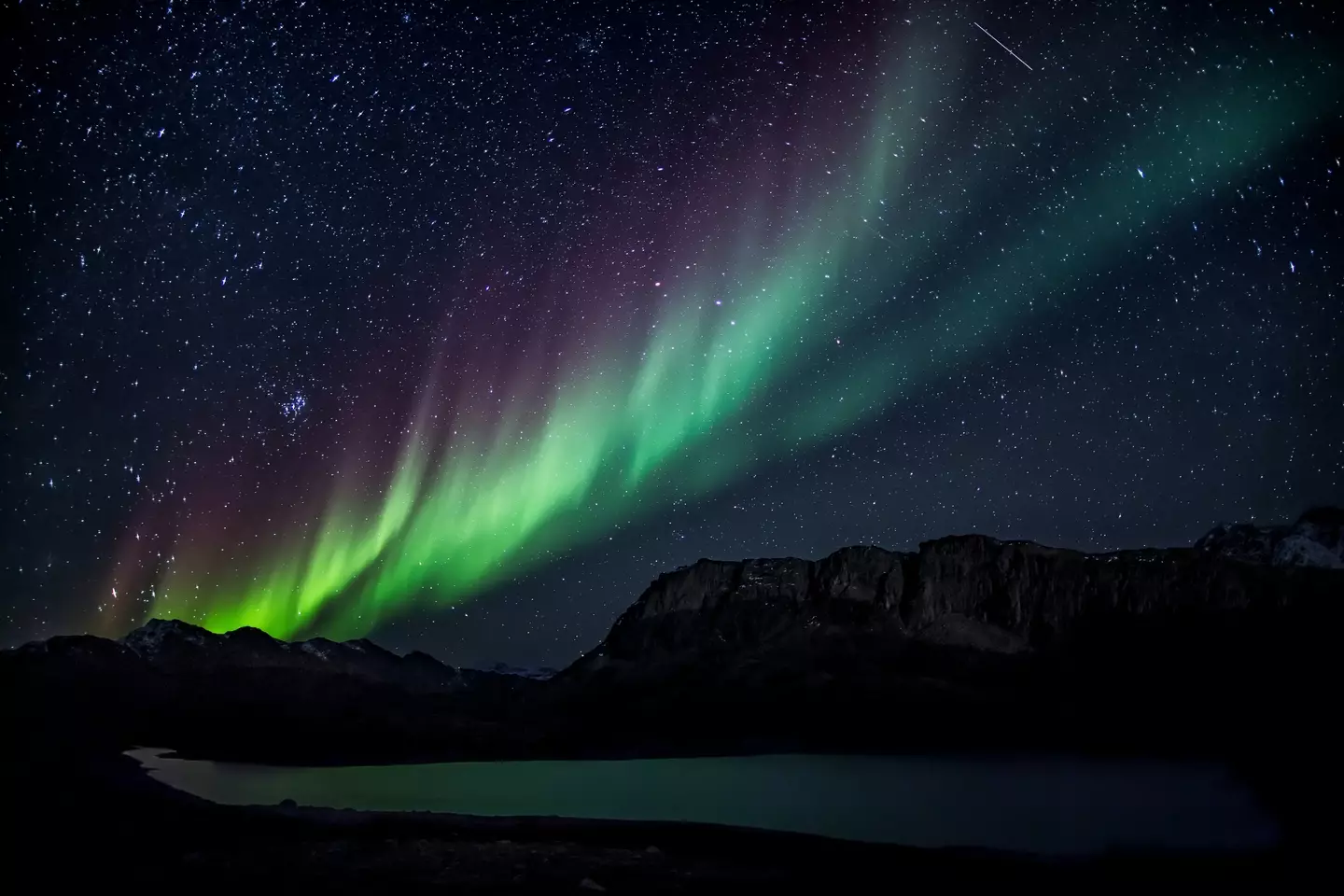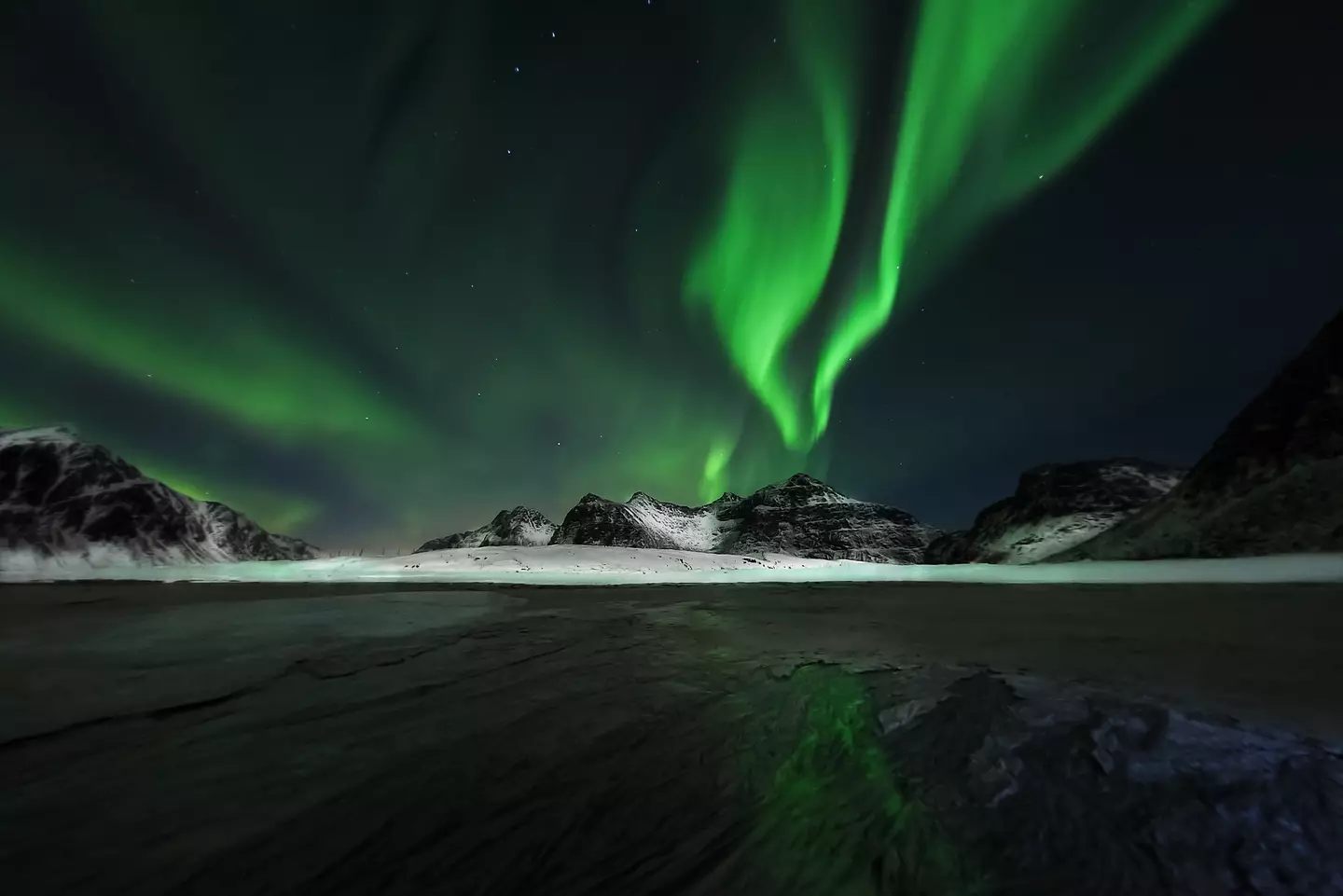
With the huge advancements in science in recent years, experts have been able to discover some pretty wonderful things.
One of these things is being able to create an artificial aurora in the sky to conduct experiments.
The high-frequency radio wave transmitter known as the High-Frequency Active Auroral Research Program (HAARP) facility in Alaska will create the phenomenon in the sky for four days from Saturday (11 November) in order to carry out experiments on the ionosphere.
This is a region of our planet’s upper atmosphere which extends from about 50 kilometers to well above the Earth's surface to several hundred miles in altitude.
Advert
"Each day, the airglow could be visible up to 300 hundred miles from the HAARP facility," according to a statement from the Geophysical Institute at the University of Alaska Fairbanks (UAF).

By creating this artificial with equipment used on the ground, scientists hope to learn more about the natural aurora.
So how exactly is all this done?
Advert
Well, high-frequency radio pulses will excite electrons in the ionosphere, which will essentially mimic the same phenomenon that causes the Northern Lights to appear in the sky.
The revolutionary experiments are being being conducted by UAF and many other out-of-state research programs.
"Scientists will investigate ionosphere mechanisms that cause optical emissions," the statement continued. "And they’ll investigate how satellites can use plasma waves in the ionosphere for collision detection and avoidance."
Part of the experiment sees scientists looking at new methods for tracking 'space junk', which is the remains of objects like old launch vehicles and bits of old spacecrafts stuck in Earth's orbit.
Advert
Paul Bernhardt, HAARP’s chief scientist, said: "Traditionally, space debris are observed with satellite and ground sensors that use optics and ranging radars. These methods, however, cannot detect many smaller debris. University scientists have suggested a novel technique for locating space debris by measuring the electric fields that surround them while in motion."

While this experiment is rather exciting, a smaller version of the same study took place in 2017.
But if you missed out on the wonderful sight last time, the Geophysical Institute has explained how you can see it this time around.
Advert
"The angle of visibility for anyone wanting to look for it will depend on a person’s distance from HAARP," it said in a statement released last week.
"Because of the way the human eye operates, the airglow might be easier to see when looking just to the side."
Meanwhile, HAARP Director Jessica Matthews added: "Clear skies make for the best viewing. If visible, it will look like a broad airglow cloud."
Topics: Science
